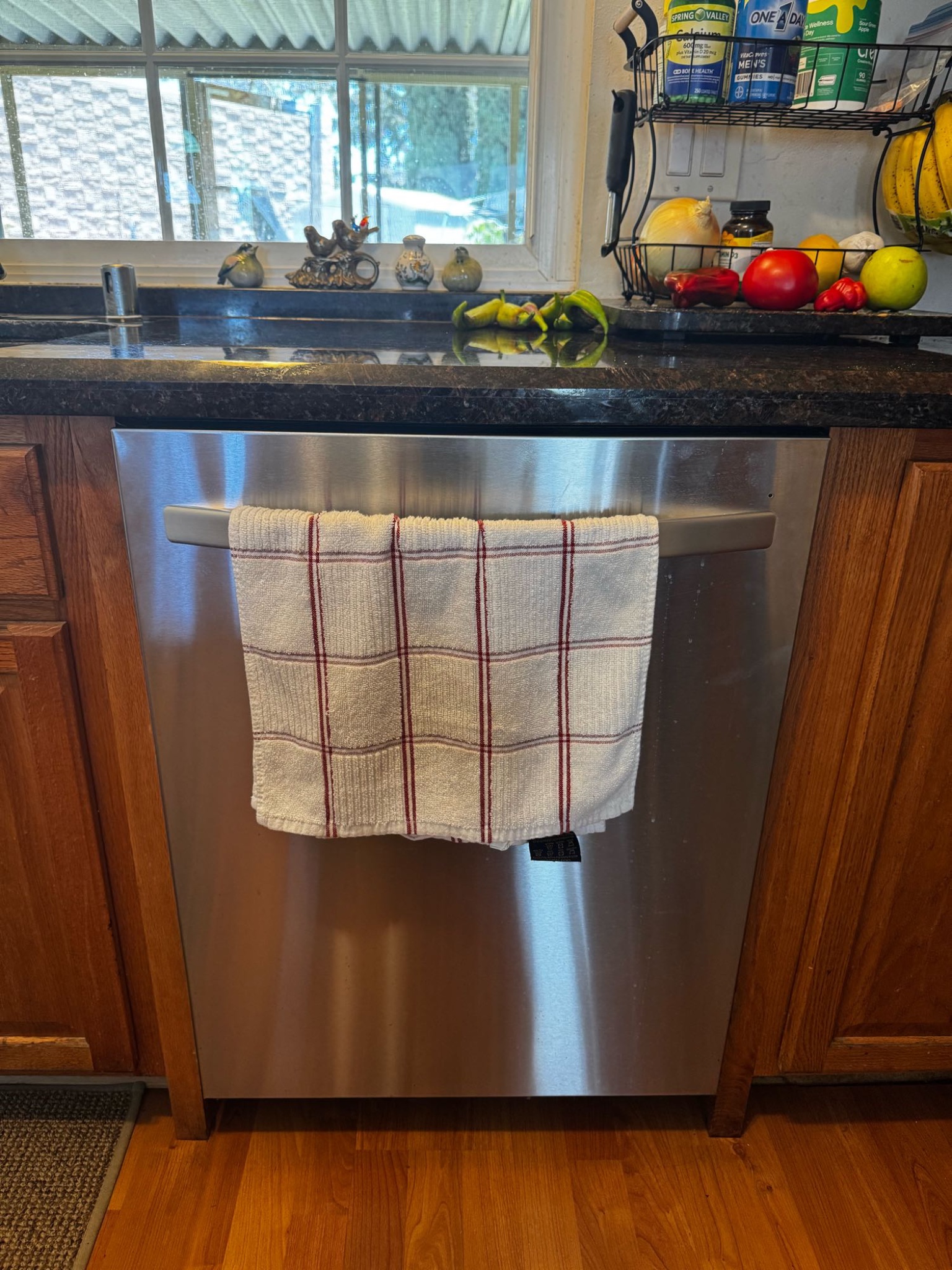Many homeowners rely on their dishwashers to handle the toughest cleaning jobs, expecting sparkling dishes at the end of each cycle. However, discovering a white, chalky residue on plates, glasses, and cutlery can be frustrating and puzzling. This common problem often stems from either hard water deposits or issues with the dishwasher’s rinse aid. Understanding the causes and solutions can help maintain the performance of your appliance and ensure clean, spotless dishes every time.
Understanding Hard Water and Its Effects
Hard water is water with a high concentration of minerals, primarily calcium and magnesium. While hard water is safe to drink, it can leave deposits known as limescale on household appliances. In dishwashers, these minerals can cling to dishes during the drying phase, appearing as a white or cloudy film. Over time, hard water buildup can also affect the internal components of the dishwasher, such as heating elements and spray arms, reducing efficiency and lifespan.
Signs that hard water is affecting your dishwasher include:
- White spots or streaks on glassware and cutlery
- A cloudy appearance on plates even after thorough washing
- A chalky layer on the interior surfaces of the dishwasher
Role of Rinse Aid
Rinse aid is an essential component in modern dishwashers. It helps water slide off dishes during the final rinse, reducing spotting and streaking caused by mineral deposits. If rinse aid is not functioning correctly or the dispenser is empty, water may cling to the surfaces, leaving visible white residue. Even if hard water is present, proper use of rinse aid can significantly reduce spotting on dishes.
Signs of rinse aid problems include:
- Streaks or cloudy residue mainly on glasses and plastic items
- Water droplets remaining on dishes after the cycle is complete
- Inconsistent cleaning results despite using detergent
Common Causes of White Residue
- Incorrect Detergent Use
Using too little dishwasher detergent, or detergent not formulated for your water type, can contribute to residue formation. Some detergents are better suited for soft water, while others are designed to handle hard water. Using the right product ensures effective cleaning and minimizes mineral buildup. - Hard Water Deposits
As mentioned, calcium and magnesium in hard water can leave deposits on dishes. Regularly checking your water hardness and using a water softener if needed can prevent long-term problems. - Rinse Aid Malfunction
A broken or clogged rinse aid dispenser prevents proper distribution of the additive during the final rinse. This issue can lead to white streaks or a powdery coating on dishes. Routine inspection and refilling of rinse aid can resolve this problem. - Clogged Spray Arms or Filters
When spray arms or filters are blocked, water cannot reach all areas of the dishwasher efficiently, leading to incomplete rinsing. This can leave detergent residues mixed with mineral deposits on dishes. - Low Water Temperature
Dishwashers typically require water temperatures between 120°F and 150°F (49°C and 66°C) for optimal cleaning. If the water is too cold, detergent may not dissolve completely, and minerals in hard water may not rinse off effectively, causing residue.
Solutions to Prevent White Residue
- Use the Right Detergent
Select detergents formulated for your water type. For hard water areas, consider using detergents with added water-softening properties. - Refill and Check Rinse Aid
Ensure the rinse aid dispenser is full and functioning properly. Adjust the dosage if necessary to match the water hardness. - Install a Water Softener
If hard water is a recurring issue, installing a water softener can reduce mineral buildup in your dishwasher and prevent white residue on dishes. - Regular Cleaning of Dishwasher Components
Clean the spray arms, filters, and interior of the dishwasher regularly. This prevents blockages and ensures even water distribution. - Run Hot Water Before Starting a Cycle
Before running the dishwasher, turn on the hot water tap at the sink until it reaches full temperature. This ensures the dishwasher begins with hot water for better detergent performance.
When to Call Professionals
If white residue persists despite using the correct detergent, checking rinse aid, and maintaining the dishwasher, there could be a deeper mechanical or electrical issue. Problems such as a malfunctioning rinse aid dispenser, faulty water heater, or mineral buildup in hidden components may require professional diagnosis and repair.
HOME APPLIANCE SERVICE CENTER specializes in dishwasher maintenance and repair. Our trained technicians can identify the root cause of residue problems and restore your appliance to optimal performance, ensuring sparkling dishes after every cycle.
Don’t let white residue ruin your clean dishes—contact HOME APPLIANCE SERVICE CENTER today for expert service and lasting results.
Contact us
 619-928-5000
619-928-5000  Request Service
Request Service 
